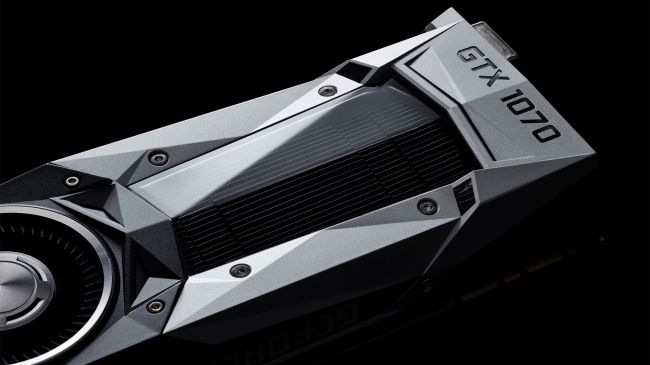
This is a sponsored post.
Frustrated with low framerates? Sick of the Steam stutters? It doesn’t have to be that way. For little more than the cost of a new Xbox and large screen television you can put together a gaming rig that will run with the best prebuilt boutique systems. Don’t worry, you don’t need to be a hardware expert either. System building is a mainstream hobby now, and it’s easier to construct a computer from scratch than it is to assemble most Lego kits.
The first secret to building an awesome gaming rig doesn’t involve the computer itself, but where you’ll be putting it together. Clear off a well-lit space about the size of kitchen table or large desk, and expect to keep it that way for the length of your project. Avoid packing and unpacking half-finished system builds; that’s how you lose crucial and hard-to-replace items like water cooler brackets, custom mounting screws, and other small parts whose absence will stop a build project cold.
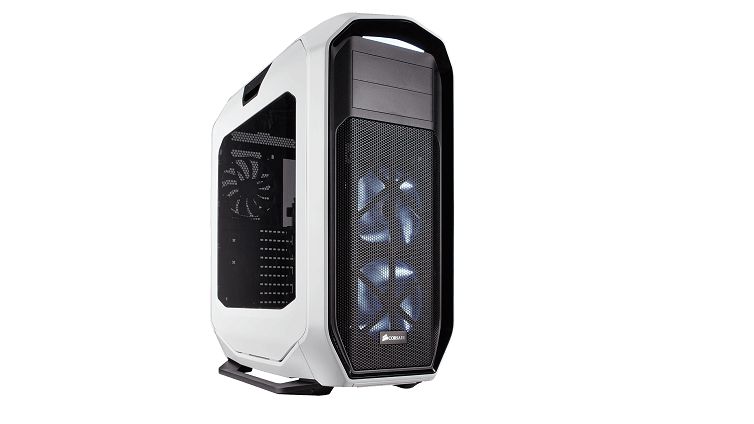
Next up comes the case. The trick to picking an enclosure is going with the biggest size your space can support, typically a mid- or full-tower. Larger cases are easier to work with, run cooler, and inevitably look better since they tend to be flagship products.
Look for smoothed interior edges to keep knuckles unscarred, tool-free drive mounting, cable routing aides, and a window to view the internals. The latter isn’t just vanity – easy visual inspection of the components and diagnostic lights is a useful feature. Corsair’s 760T & 780T cases are perfect examples of first-class gaming enclosures.

The foundation of any fast rig is the motherboard. Avoid the urge to save money here and stick with mid-tier hardware or better from reputable manufacturers, such as ASUS’s Signature series or Republic of Gamers line-up. Don’t forget to upgrade the BIOS; most motherboards get plenty of updates these days and running the latest version can prevent hardware headaches down the road.
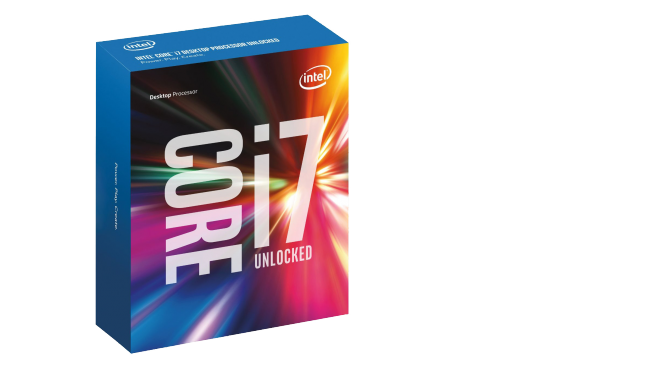
Pairing off that motherboard with a gaming-grade CPU comes next. While the marketplace is awash with processor options, the only one that combines powerful single core punch with up to 8 concurrent threads is the Intel® Core™ i7 series. Go with Skylake processors or newer, as the motherboards for these CPUs feature faster USB ports and SSD interfaces. The main choice when selecting which i7 to use comes down to whether overclocking is on the menu.
Keep up to date with the most important stories and the best deals, as picked by the PC Gamer team.
Gamers who enjoy tinkering and benchmark competitions are well served spending the extra money for an unlocked Intel® Core™ i7 6700K CPU, but for people who just want to play or require tighter enclosures with more compact cooling systems, the regular Intel® Core™ i7 6700 is plenty of processor. Both will serve gaming needs well for years to come.
When it comes to graphics, start with the screen
Display technology is at a crossroads, with many new features based on competing standards, so getting a great monitor may be the trickiest part of putting together a gaming rig today. Resolution has raced ahead of GPU technology so it’s easy to wind up with more pixels than any single graphics card can handle. Since multiple video card configurations have drawbacks of their own, balancing display preferences with performance needs is an important part of any system build. The secret here? Always pick the monitor before the GPU.
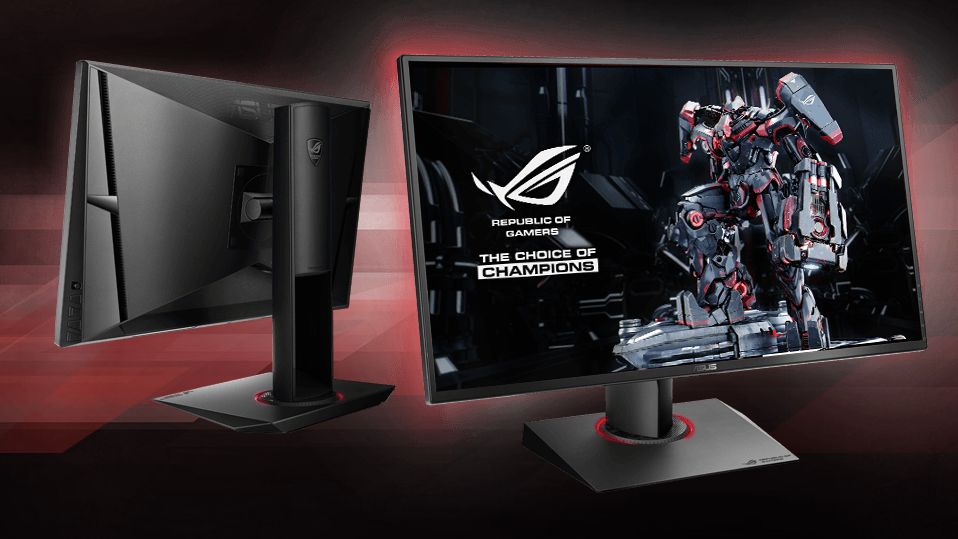
Fluid frame rates mean forgoing 4K displays for now, and rightsizing with intermediate resolutions like 2560x1440 or checking out ultrawide, 21:9 aspect ratio displays which offer better gaming immersion than standard 16:9 at slightly lower than 4K resolutions. Either way, check for at least 100Hz refresh and some form of framerate syncing technology, such as G-sync for Nvidia GPUs or Freesync for AMD cards, to eliminate the visual glitches that occur with low-refresh-rate, non-synced displays.
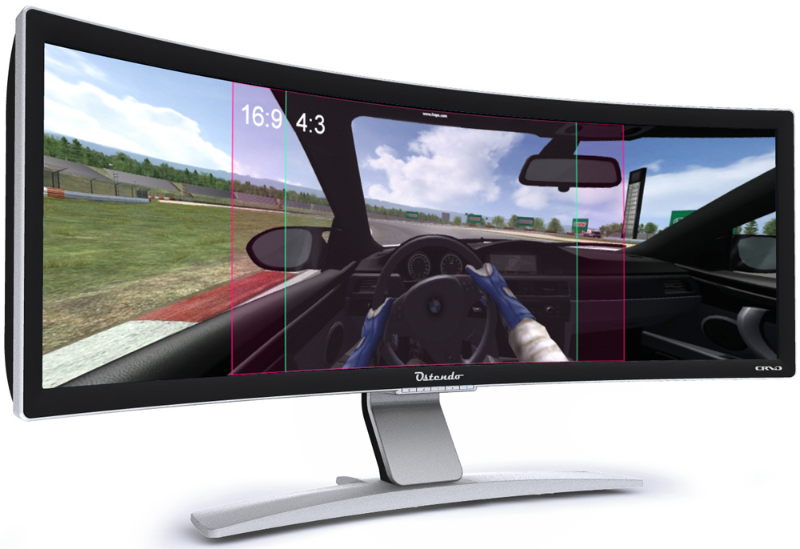
Look for 27” to 34” sizes, which provide the ideal DPI for the Windows desktop at these resolutions. Skip TN displays and go with IPS or better; the improved color and viewing angles are worth it. If HDR, OLED, or other promised but not-quite-here-yet technology is of special interest, it may be wise to hold off investing in the high-price monitor you want, and sticking instead with a monitor that fits basic gaming needs for now. The status-quo for PC screens is still shaking out, and your dream display may be just around the corner.
GPU grab bag
The next component is the all-important graphics card. If there’s one place to splurge on a gaming rig, this is it. Fortunately, the competition between Nvidia and AMD has created a healthy playing field with plenty of models capable of delivering high frame rates at maximum visual settings. With the display already selected, picking a GPU is much easier than doing it the other way around.

Gamers going with resolutions between 1080 and 1440 don’t need to buy the hottest GPUs to reach the best visuals, especially if 60 fps framerates are acceptable. This brings cards like those based on NVidia’s 1070 or AMD’s Radeon RX 480 into consideration, potentially cutting costs in half over flagship products like the GTX 1080. Remember to make sure any frame syncing features are the right ones for your display: G-sync and freesync aren’t compatible.
For gamers who want to play in 4K, or who are looking for ultimate performance and futureproofing, only cards based on NVidia’s GTX 1080 fit the bill right now. Prices aren’t cheap but nothing else comes close, and for the few gaming situations a single 1080 can’t handle, there’s always the option of two working in SLI. The graphics card landscape changes quickly, however, so if you’re a fan of Team Red you can expect AMD to have comparable products available before long.
Disks and DRAM
The remaining details aren’t hard to fill in. For DRAM, start at 8 gigs bare minimum. The days of 4 GB desktop systems are long over. Even better, go straight for 16 gigs, but be careful when specifying speed. Faster DDR4 DRAM isn’t always better, especially if you’re looking to overclock. Preferred speeds for stability are usually around mid-pack, which translates to around 2400-2800 MHz on the Intel Z170-chipset-based Skylake-based systems discussed here.
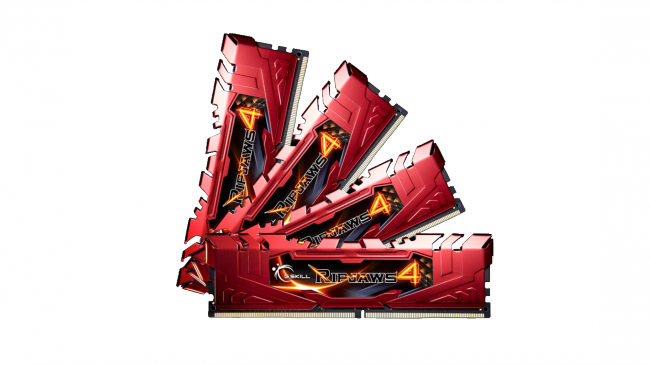
Gamers who aren’t overclocking or are using motherboards based on the H170 chipset are locked to DDR4 at 2133Mhz anyway, so it’s mostly about how much, rather than how fast. One DRAM tip – fewer modules mean fewer problems, so get higher density sticks in sets of two rather than four when possible, and always make sure those kits are certified for your motherboard.
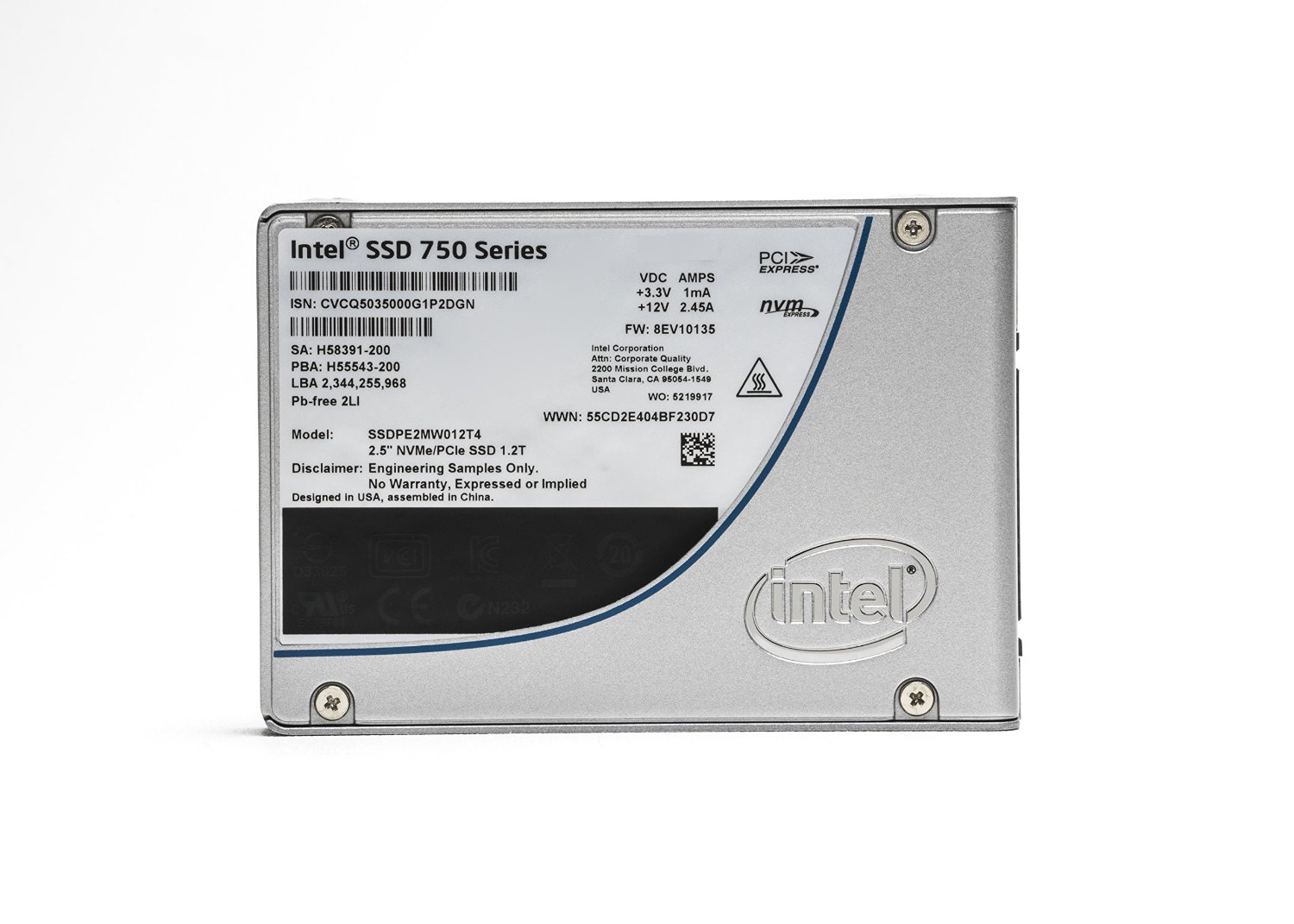
While SSD prices have gone down enough to use for more than just boot devices, they still aren’t big enough for solo use on a gaming rig. Consider 500 gigs to a terabyte as a starting point, preferably via the faster U.2 or M.2 interfaces available on current motherboards. While that’s plenty for a few favorite games and Windows, no respectable Steam library will even come close to fitting on a drive that small, so supplement as needed with a set of large, fast, 7200 RPM drives. If reliability is a concern, go with HGST hard disks as they routinely come out on top in various industry torture tests, although they tend to run warm.
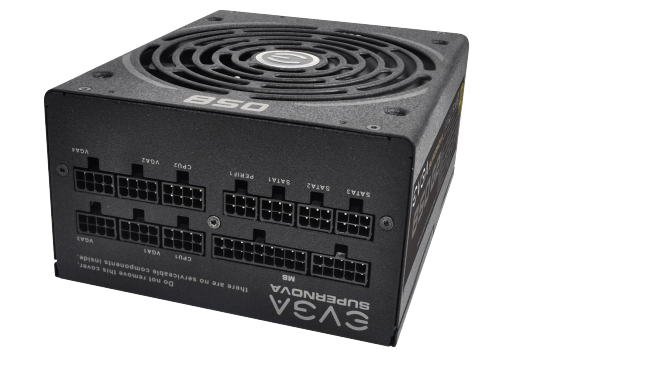
Odds and (rear) ends
Cap it off with around 750-1000 watts of 80 plus gold certified power supply and you’re ready to rock. Seasonic and EVGA both make excellent PSUs for gaming rigs, including a few with some flashy bells and whistles, like LED lighting or external status reporting. Always aim a little higher than projected wattage needs when it comes to power supplies, as extended operation at peak output is a recipe for hardware burn-out. Flaky power units can cause all manner of strange, difficult-to-diagnose trouble.
Short a keyboard, mouse, and a few other odds and ends, you’ve got a system ready for gaming greatness. There’s just a final oft-overlooked secret left, and that’s an office chair worthy of an ultimate gaming machine. While the sky is the limit on these, IKEA comes to the rescue with the excellent Volmar office chair line, which feature full adjustments and impressive back support for less than the price of a set of Steelcase armrests. So with even your posterior covered, you’ve got no excuses left. Time to get your game on, get out there, and upgrade.

